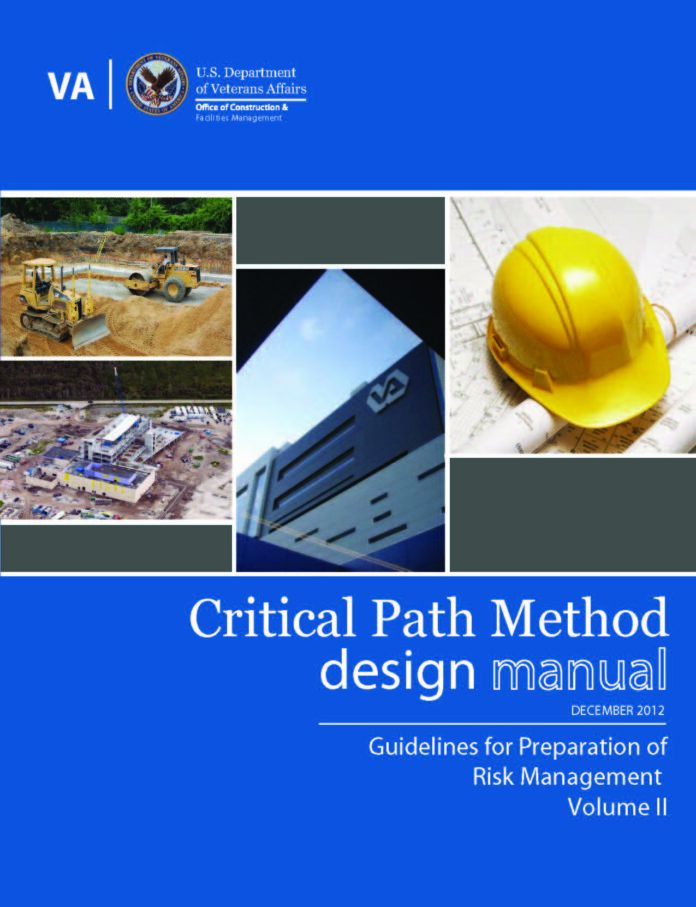Download Free Guidelines for Preparation of Risk Management Plan (RMP) PDF
The purpose of the Risk Management Plan (RMP) is to identify, analyze, manage and control all risks that could have an adverse impact on VA’s project budget and schedule throughout all the phases of the project’s life cycle. It also provides a useful road map that can be used by the A/E and the project team to assist them in completing the project successfully.
Preparing risk management plan (RMP) Example PDF
Based on a thorough review of the project scope, stakeholders’ requirements, and project constraints project environment, the A/E shall prepare the RMP. The RMP document shall include the following:
Introduction
In this section, the A/E shall introduce the RMP, provide a brief definition of key risk management terminology, summarize the purpose and scope of the document, and state the pertinent VA medical center project.
Risk Management Approach
In this section, the A/E shall introduce the approach that he/she will use to develop the RMP. The A/E shall at least explain the following:
Risk Management Objectives
The A/E shall list the objectives (from the top level) of the project’s risk Management process. For example, some objectives could be:
- Accomplish all the minimum Medical Facilities standards of VA’s Architectural Design Manual for (1) New Hospitals; (2) Replacement Hospitals; (3) Ambulatory Care; (4) Clinical Additions; (5) Energy Centers; and (6) Outpatients Clinics issued on May 2006.
- Maximize the probability of achieving successfully the project’s objectives within the planned approved budget.
- Maximize the probability of completing the whole project within the time frame stated in the project specifications.
- Identify and assess project risks that threaten the progression of the project, as well as, the adverse impact that these could bring up throughout the life cycle of the project.
- Generate risk mitigation plans as the basis for determining the budget needed to cover such plans, as well as, the allocation of these resources throughout the project life cycle.
- Communicate to all stakeholders (CFM Project Manager, VAMC Director and Facility Engineers, VISN Capital Asset Manager, VHA Camps Office, peer reviewers, Commissioning Agent, and other stakeholders) involved in the project the identified risks, as well as the responsible roles of all of them.
- Define the cost estimate for risk contingency plans in order to determine the project’s maximum cost reserve.
Project Success Factors
The A/E shall list and describe project success factors that help all stakeholders to understand those meaningful elements that need to be accomplished in the process. Those factors need to be related to the fact of identifying the best approach for reducing risks to acceptable levels. The A/E shall recognize and list all general success factors such (The A/E should refer, but not be limited, to these factors):
- The A/E shall recognize the Risk Management process as a valuable discipline that provides positive and potential effects on project objectives, project stakeholders, and team members.
- The A/E shall convey to all stakeholders and team members involved in the project the importance of having open and honest communication among all of them. Overt and honest communication will increase the effectiveness of the Risk Management Plan in terms of decision-making and plan implementation.
- The A/E shall convey to all stakeholders and team members the importance of establishing the final scope of work that does not require many changes after Schematic Design 2 (SD2).
- The A/E shall convey to all stakeholders and team members the importance of completing the final budget and schedule by the Schematic design 2 (SD2) phase, as well, as all the risks that may impact accomplishing these two objectives.
Risk Management Methodology
The A/E shall define the methodology to be used to identify and manage such events (risks) that threaten accomplishing the goals of the project; one of the methodologies usually used out there in the industry is Monte Carlo risk simulation, which could be an optional tool for A/E to be implemented in the development of the RMP.
Furthermore, the A/E shall establish the components of the process to be used when developing the RMP. The A/E shall at least include the following components within the process:
- Establish the project’s objectives and stakeholders’ responsibilities.
- Identify as many risks as possible.
- Analyze and assess risks (The optional method is Monte Carlo simulation).
- Evaluate the best response action to risks.
- Develop risk contingency plans.
- Report Risks.
- Review and monitor risk.
- Assess unforeseen risks.





